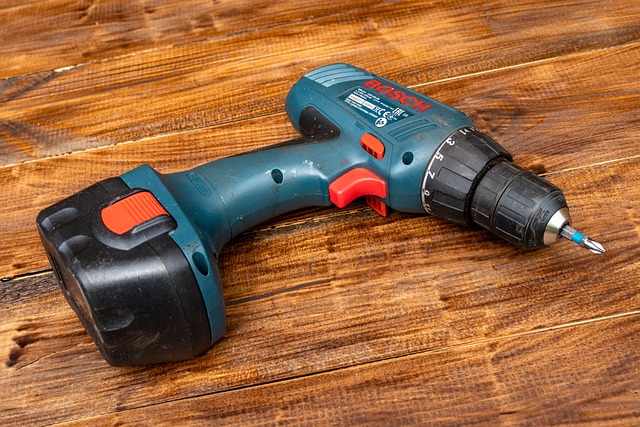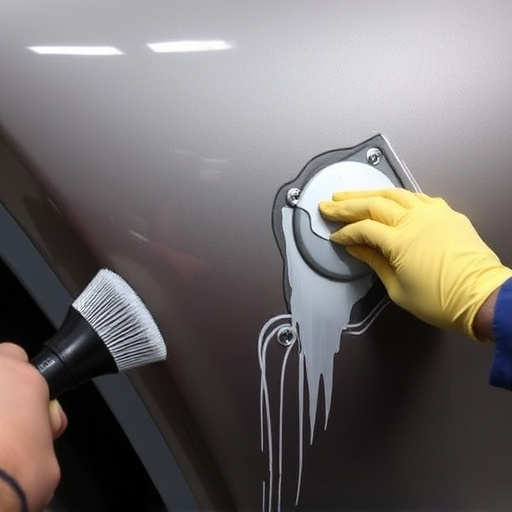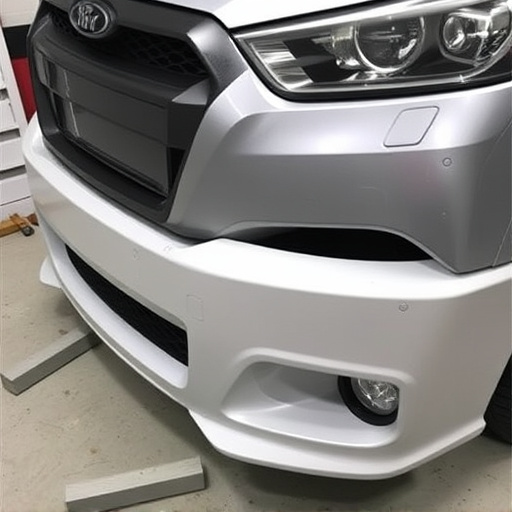Mercedes crash sensor replacement is crucial for passenger safety, addressing failures from environmental contamination, mechanical wear, or software glitches. Regular maintenance and timely replacements prevent accidents and safeguard lives by ensuring optimal function of seatbelt pretensioners and overall safety systems. Proper replacement involves powering off the airbag control module, identifying faulty sensors, removing them, installing genuine parts, reconnecting electrical connectors, testing functionality, and adhering to service manual guidelines.
Mercedes vehicles are renowned for their advanced safety features, including seatbelt pretensioners and sensors. However, these critical components can fail, requiring prompt attention. If you notice a deployed seatbelt pretensioner, it’s essential to investigate further, as it may indicate a faulty crash sensor. This article guides you through the process of replacing a Mercedes crash sensor, ensuring your vehicle’s safety system functions optimally after such an event. Learn about sensor failure, their role in collision detection, and a step-by-step replacement procedure for these vital parts.
- Understanding Mercedes Crash Sensor Failure
- The Role of Seatbelt Pretensioners and Sensors
- Step-by-Step Replacement Guide for Safety Critical Parts
Understanding Mercedes Crash Sensor Failure
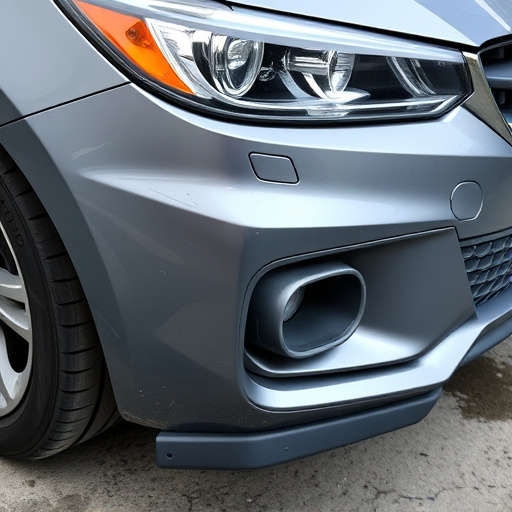
Mercedes crash sensors are critical safety components designed to detect accidents and trigger protective measures, such as deploying seatbelt pretensioners. When a crash sensor fails, it can no longer accurately assess collision data, which may lead to improper deployment or even no deployment at all of these crucial safety features. This failure can have severe consequences for vehicle occupants.
Understanding the reasons behind Mercedes crash sensor failure is essential for both car owners and reputable car repair shops. Malfunctions might result from environmental factors like dust or debris, mechanical wear over time, or software glitches. Regular maintenance checks and timely replacements at a reliable vehicle body shop are vital to ensure these sensors remain functional. Prompt attention to any unusual behavior or warnings from the sensor can help prevent potential accidents and protect lives.
The Role of Seatbelt Pretensioners and Sensors
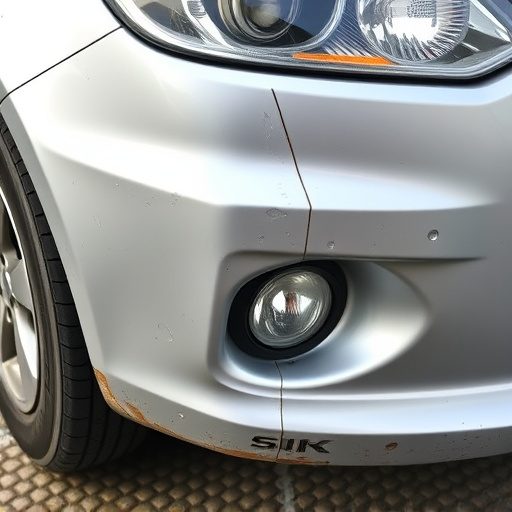
Seatbelt pretensioners play a vital role in vehicle collision repair, especially in Mercedes models equipped with advanced safety features. When a driver experiences a fender bender or any other auto painting incident, the seatbelt pretensioner deploys to secure the occupant, minimizing impact and potential injuries. This rapid response is coordinated by an intricate network of sensors that detect even the slightest jolt or change in vehicle dynamics.
These Mercedes crash sensors are responsible for monitoring various parameters during a collision. They communicate with the pretensioner mechanism to trigger its deployment at precisely the right moment. Regular maintenance and timely replacement, such as when a sensor fails or is damaged, ensure these critical safety components function optimally. A faulty sensor could lead to delayed or incorrect responses during an actual crash, compromising the effectiveness of the overall safety system.
Step-by-Step Replacement Guide for Safety Critical Parts
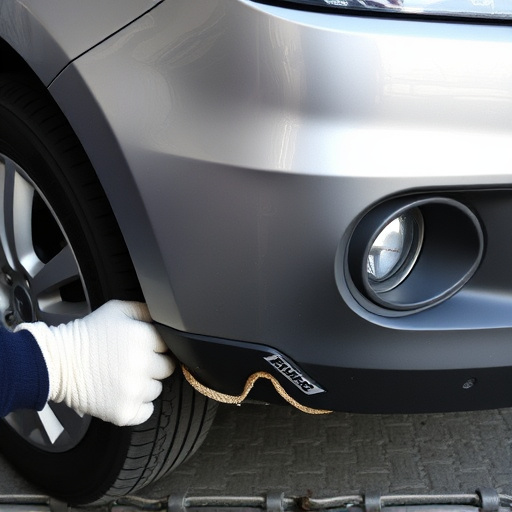
When it comes to Mercedes crash sensor replacement, understanding the process is crucial for ensuring safety and proper car collision repair. Here’s a step-by-step guide to navigate through this critical component replacement:
1. Safety First: Begin by locating the airbag control module (ACM) and power it off to avoid any unexpected deployment during the replacement. This is a vital step in any automotive restoration process, especially for Mercedes models known for their sophisticated safety systems.
2. Sensor Identification: Identify the specific crash sensor requiring replacement. These sensors are typically located near the front and rear of the vehicle. Inspect for any visible damage or code lighting indicating a deployment event.
3. Removal Process: Carefully remove the faulty sensor, following the manufacturer’s guidelines. This may involve detaching electrical connectors and brackets securing the sensor in place. Remember, precision is key to prevent any further car damage repair complications.
4. Installation of New Sensor: Acquire a genuine Mercedes crash sensor replacement part. Install it by reconnecting the electrical connectors and securely fastening the new sensor according to the vehicle’s service manual. Ensure proper alignment for accurate data transmission.
5. Testing and Verification: After installation, test the new sensor using diagnostic tools to ensure its functionality. Verify that the system is ready for the next phase of car collision repair or automotive restoration work.
In light of the above, it’s clear that a Mercedes crash sensor replacement is not merely a technical task but a crucial safety measure. Understanding the role of these sensors and seatbelt pretensioners is essential for ensuring the well-being of drivers and passengers. If your Mercedes has experienced a crash or shows signs of sensor failure, prompt action to replace the crash sensor is vital for maintaining optimal vehicle safety and performance.

